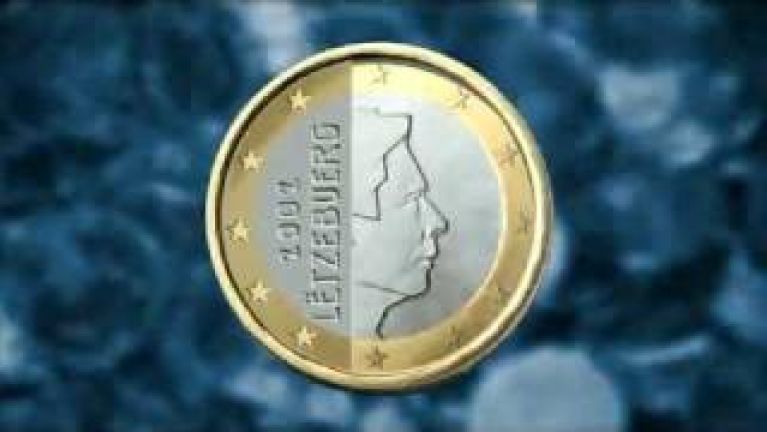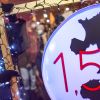Successful exchange
20 years ago, euro cash replaced national coins and notes in Germany and eleven other countries.

More than 300 million people in twelve European countries were able to pay in euros in shops, restaurants and kiosks from 1 January 2002. The Italian lira, the French franc and the deutschmark in Germany were replaced as cash by the new common currency 20 years ago. Preparations had begun long before. Printing of the first banknotes began in mid-1999. By the end of 2001, in Germany alone 4.3 billion banknotes worth €264.9 billion had been printed and 17 billion coins worth €5.3 billion had been minted. Monetary union meant that economic union in Europe was able to take a decisive step towards a stable and single European market. The common currency without cash exchange and conversion rates is clearly understandable for the citizens. Prices can be easily compared across Europe; trade within Europe no longer suffers from fluctuating exchange rates; a stable common currency and an integrated financial market make the individual economies in the eurozone more stable. The euro's strength and stability, as well as the large economic area it represents, make the euro the most popular reserve currency in the world after the dollar.
Starter kits and coin-recovery operations in Germany
The new cash was already being delivered to banks and retailers in the last few weeks of 2001. In addition, more than 50 million so-called starter kits containing the first euro coins were distributed to citizens in Germany from mid-December. After the introduction of the euro, it was possible to pay with deutschmarks or euros during a transitional period until the end of February 2002.
For Stefan Hardt, who at that time played a key role in the introduction of euro notes and coins as project manager at the Bundesbank, it was clear early on that the intensive preparations had been successful. When the retail trade association reported on the eighth business day in 2002 "that the deutschmark was hardly playing a role any more, that was a confirmation of our solid planning – that was when it was finally clear to us that it was all working," recalls the current head of the Central Cash Division at the Bundesbank.
Dieses YouTube-Video kann in einem neuen Tab abgespielt werden
YouTube öffnenThird party content
We use YouTube to embed content that may collect data about your activity. Please review the details and accept the service to see this content.
Open consent form"I hardly ever think about the deutschmark any more."
However, the challenges faced by Hardt and many other people involved, for example in banks or in retail, were enormous. For example, all the vending machines had to be converted to the new currency. "You can't do that by just pressing a button," Hardt says. But the "biggest challenge," he says, was "getting everyone – from retailers to banks – to make clear and consistent recommendations to citizens." Important messages, for example, were: "Reduce your deutschmark holdings before the end of 2001. Get the euro starter kits. At the beginning of 2002, use up the deutschmarks you still have in your purse to pay in shops – but try to pay with the exact amount wherever possible."
Today, of course, the currency is no longer new. But he says: "When I hold the banknotes in my hand today, it makes me happy and satisfied – and proud too. Actually, I hardly think ever about the deutschmark any more."



